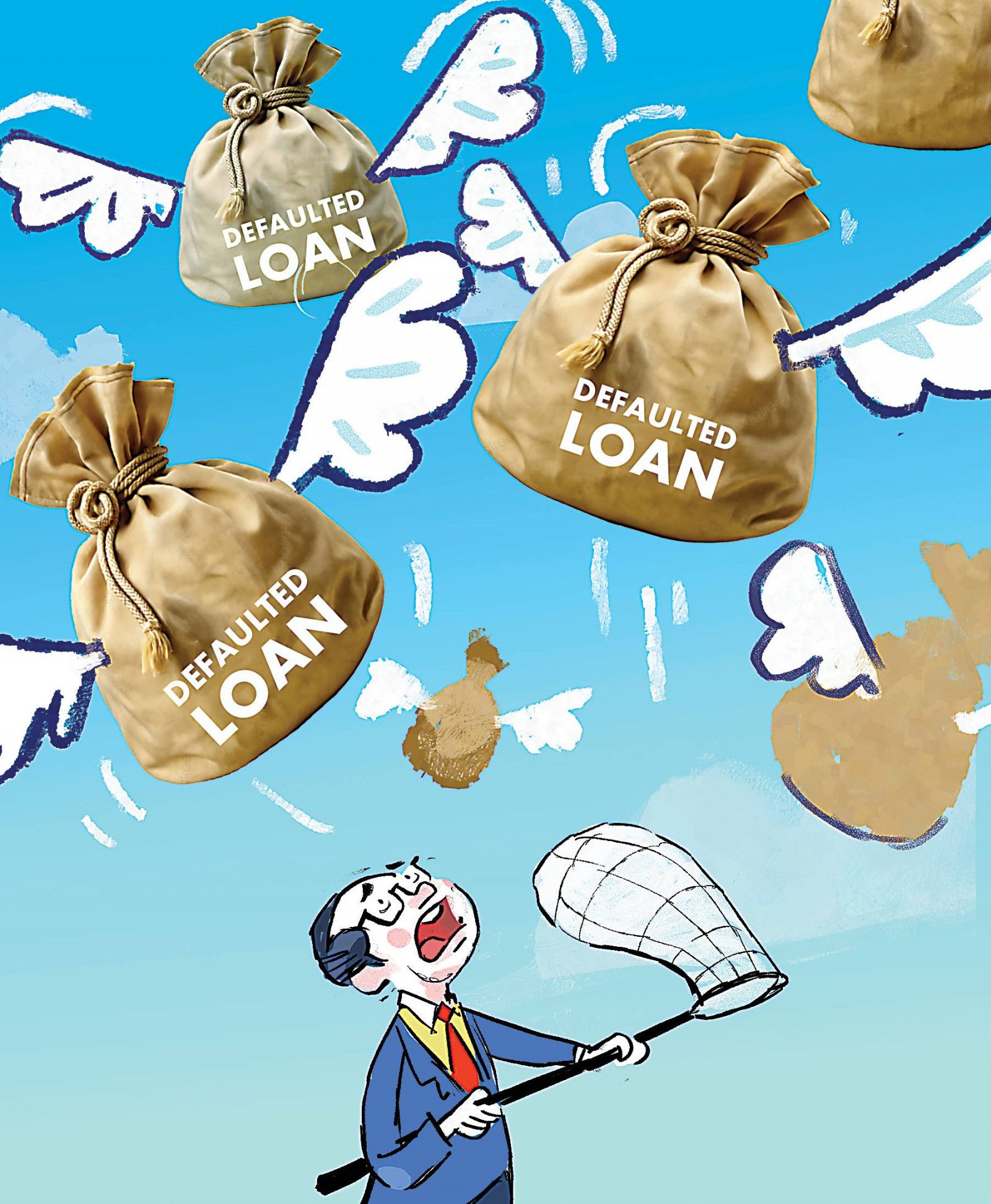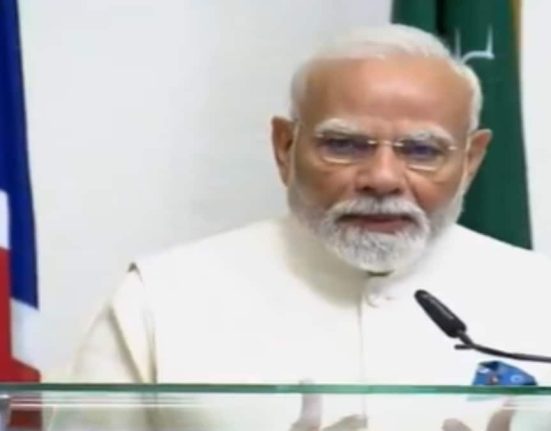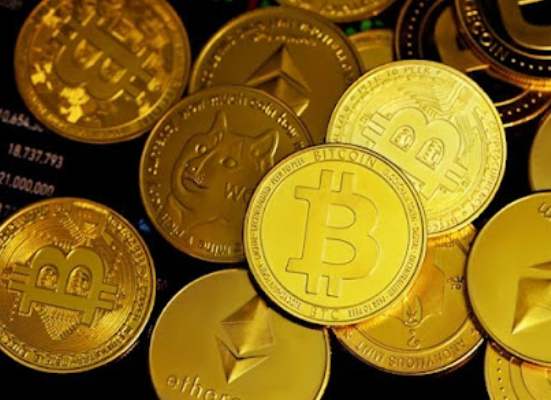Experts say banking sector staring into abyss, with no clear route to climb out
Illustration: TBS
“>

Illustration: TBS
Highlights:
- Bad loans may reach half of total bank lending.
- Banks face liquidity crisis; depositors risk losing funds.
- Political patronage fueled unsecured, inflated, and syndicated loans.
- Recovery efforts slow; legal system and coordination ineffective.
- Central bank proposes mergers, ADR, and asset recovery plans.
- Economic growth threatened by credit crunch and potential inflation.
For years, Bangladesh’s banking sector operated under political patronage, allowing loans to be issued – often under fictitious names and without proper collateral. Much of this borrowing has since defaulted.
Following the fall of the Awami League government after the August 2024 uprising, the true scale of the damage is coming into focus. And the picture is grim.
Seasoned bankers and economists warn that the country’s banking sector is staring into an abyss, with no clear path out.
According to Bangladesh Bank, non-performing loans (NPLs) stood at Tk4.2 lakh crore as of March 2025. Experts predict this figure could reach Tk8 lakh crore within six months – nearly half of the Tk17.12 lakh crore currently lent out by banks. Of these bad loans, 81% fall into the “bad and loss” category, meaning no repayments have been made for nine to twelve months or more.
This has plunged many banks into a severe liquidity crisis. Unable to recover loans, they are now struggling to return depositors’ funds. Among the country’s 61 banks, at least 16 are in precarious condition, collectively holding 77% of total bad loans – equivalent to Tk3.25 lakh crore.
The Depth of the Problem
Bank loans are typically disbursed in two forms: funded and non-funded. In many cases, banks issued loans without collateral, relying instead on borrowers’ perceived credibility and transaction history. A large portion of current defaults originated from such unsecured lending.
Recovery in these cases depends entirely on borrower cooperation or legal proceedings—both notoriously slow and ineffective.
Where collateral existed, it was often grossly overvalued. Land valued at Tk1 lakh per katha, for instance, was reported as Tk10 lakh per katha to justify inflated loan amounts. Borrowers calculated that even in default, seizure of the overvalued property would still leave them ahead financially.
In some instances, the same property was pledged as collateral at multiple banks, creating legal entanglements when recovery proceedings began. These complexities further erode the likelihood of recovery.
Some of the largest defaulted loans were issued through syndicated lending involving as many as 15 banks. Coordinating recovery in such cases is time-consuming and operationally challenging.
Powerful conglomerates such as the S Alam Group and Beximco have borrowed enormous sums under various pretexts. According to two separate Bangladesh Bank reports, S Alam Group has borrowed Tk2.25 lakh crore—directly and via proxies—from 10 banks and one non-bank financial institution. Beximco Group owes more than Tk50,000 crore. Experts believe much of this may never be recovered, with large sums reportedly laundered abroad.
The central bank’s response
Since the interim government assumed office, Bangladesh Bank has initiated efforts to tackle the crisis. Governor Ahsan H Mansur, appointed in August 2024, has prioritised full disclosure of the true scale of defaulted loans. This initiative has exposed a deeply entrenched problem, with complete data on NPLs still unavailable.
On 30 January 2025, Bangladesh Bank formed a review committee to restructure large loans (above Tk50 crore) not categorised as wilful defaults. The goal was to offer relief to borrowers genuinely affected by Covid-19, the Russia–Ukraine war, natural disasters, or political unrest. However, none of the 1,253 applications submitted have been resolved. The scheme only applies to loans defaulted before 30 September 2024—excluding a significant portion of bad loans.
According to Syed Mahbubur Rahman, managing director and CEO of Mutual Trust Bank, many applicants failed to meet eligibility criteria, having defaulted for reasons unrelated to global disruptions.
Bangladesh Bank has also initiated a merger process involving five troubled banks: Security Islami Bank, Global Islami Bank, Union Bank, Social Islami Bank, and Exim Bank. Governor Mansur expects the merger to be completed before the next general election.
While mergers may, in theory, improve risk management, bankers caution they do not automatically reduce bad loan volumes. Zahid Hussain, former chief economist of the World Bank’s Dhaka office, warns that even post-merger, the banks will require substantial recapitalisation to remain viable.
Bangladesh Bank is also pursuing recovery of laundered funds. Mansur has advocated for Alternative Dispute Resolution (ADR) mechanisms, which involve legal teams negotiating out-of-court settlements with defaulters. However, the government must decide whether to pursue recovery via courts or ADR. Once that decision is made, Bangladesh Bank is ready to appoint legal counsel and initiate asset recovery—a process that Mansur admits could take three to five years.
Is the crisis containable?
Most economists and bankers express little optimism about resolving the crisis fully. Various proposals—including recapitalisation, legal reforms, asset seizures, and the creation of Asset Management Companies—have been floated. Yet none offer a definitive solution.
Zahid Hussain notes that while recapitalisation may work in theory, the practical implications are daunting:
“With an annual budget of Tk7 lakh crore, it’s inconceivable to recapitalise loans totalling over Tk8 lakh crore. Moreover, taxpayers would bear the cost—an ethically fraught proposition that burdens ordinary citizens with the consequences of elite defaulters’ mismanagement.”
Mahbubur Rahman agrees. He points out that offering bank shares to depositors was once a viable option, but with many bank shares now trading below face value, depositors risk not recovering even their principal.
To halt further deterioration, Zahid Hussain stresses the need to prevent politically connected or financially weak entities from securing new loans through influence over bank boards. Insiders report that political interference has declined under the interim government but not disappeared entirely. For instance, One Bank’s managing director recently resigned under political pressure after refusing to approve a questionable loan, according to allegations.
Hussain also calls for urgent legal reform.
“Many loan recovery cases have been stuck in debt courts for 15 to 20 years. Unless the number of courts and judges increases, even Asset Management Companies won’t help—because they too must go through the same clogged legal system.”
He sees some hope in ADR mechanisms, acknowledging that even partial settlements would be preferable to prolonged inaction. However, the power imbalance between borrowers and banks remains a major challenge.
“In countries like China, defaulters face restrictions on travel and education for their children—powerful deterrents that Bangladesh currently lacks.”
Mahbubur Rahman highlights another obstacle: selling mortgaged collateral has become increasingly difficult.
“Economic activity is subdued and purchasing power is low. Banks are struggling to find buyers for foreclosed assets, making recovery even harder.”
To resolve the crisis, Zahid Hussain argues that Bangladesh Bank must be granted full operational independence.
“While it holds significant regulatory authority, political constraints have long hindered effective enforcement. The interim government may lack the mandate for sweeping reforms, but it can still set a strong precedent.”
Will the government resort to printing money?
Despite these measures, most experts agree full recovery is unlikely. Issuing new loans could theoretically reduce the percentage of NPLs. However, most new deposits are being absorbed by government borrowing, leaving little room for private sector credit expansion.
The interim government has already printed over Tk30,000 crore to support struggling banks. If recovery efforts stall, further printing may be the only option—raising serious inflation concerns. The central dilemma remains: how will the government contain inflation if it continues injecting liquidity into an already fragile economy?
The broader economic impact
The liquidity crisis has rendered at least 16 banks incapable of issuing new loans. Many others have shifted focus to low-risk investments in treasury bills and government bonds.
Bangladesh Bank data shows that about Tk1.45 lakh crore in new deposits are added annually. For FY26, the government aims to borrow Tk1.04 lakh crore from the banking sector—consuming the bulk of these deposits.
With a weak capital market, the private sector remains heavily dependent on banks for credit. Although credit demand is currently low, it is expected to rise within the next year. If banks remain weighed down by bad loans, they may be unable to meet that demand—leading to lower investment, stagnant job creation, and slower development, all of which will drag down GDP growth.
In short, the default loan crisis is no longer just a banking problem. It has become a major obstacle to Bangladesh’s economic future—and its ripple effects may be felt for years to come.








